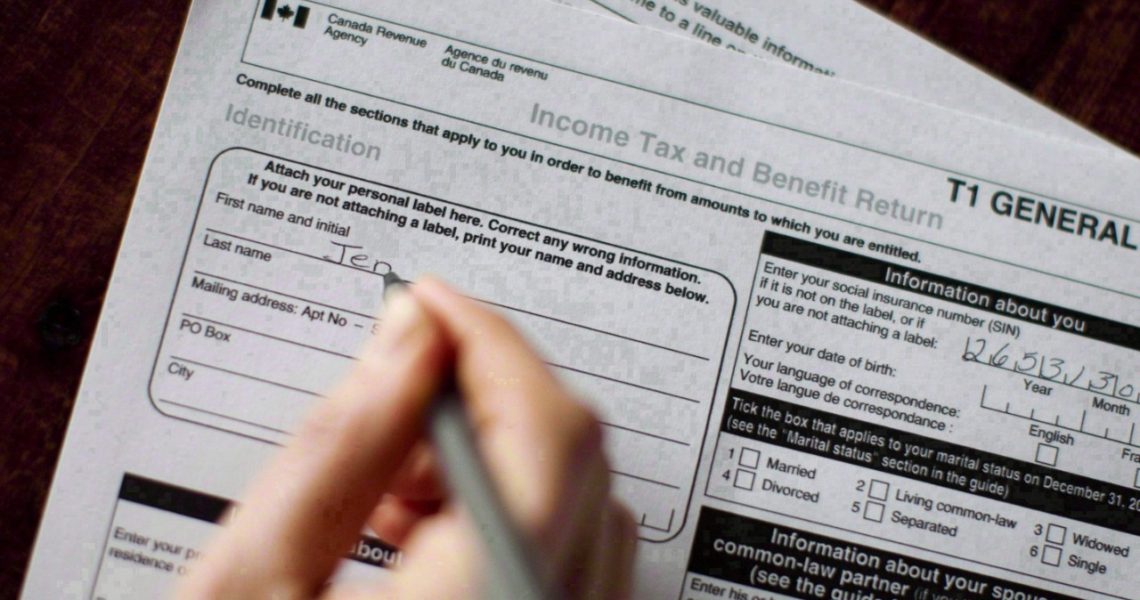Tag: Personal Tax
An Employment Insurance system for the 21st century: Lesson 2, The future of work calls for better income insurance
This is the second commentary in a three-part series examining ideas for reforming Canada’s Employment Insurance (EI) program. This commentary discusses the need for the EI program to provide comprehensive insurance against various forms of income loss. The First commentary, on the need for EI to be better designed to insure against big shocks, can be found here.
Highlights of interprovincial tax comparisons: Bilan de la fiscalité au Québec 2021 Edition
The first part of this 2021 edition of the Bilan de la fiscalité au Québec presents the tax announcements made by the Québec and federal governments, and by those of the other provinces, since the previous edition of the report. The next two sections compare Québec against the other Canadian provinces in terms of taxation. The fourth section presents an overview of tax expenditures in Québec and evidences the choices made regarding the different sources of tax revenues. Then, two sections examine taxation from different angles, namely, households (net tax burden) and individuals (profile of Québec taxpayers). Finally, the last section looks at various indicators of income inequality and how governments reduce inequality through taxation.
It’s time to increase taxes on capital gains
To address wealth inequality, and to improve functioning of our tax system, tax rates on capital gains income should be increased. The current tax preference for capital gains costs upwards of $15 billion annually. To equalize the tax treatment of gains and other income, the inclusion rate for capital gains on shares of small businesses should rise to 90% from the current 50%, and the inclusion rate for gains on shares of large corporations should rise to 70%. This would constitute a simpler, more efficient way of taxing high-wealth individuals compared to other recent proposals for a novel tax on wealth, and would likely raise more revenue as well.
The Taxation of Capital Income in Canada Part III: Bringing it all Together
This is the final commentary in a three-part series examining possible reforms to Canada’s approach to taxing capital income. In this third commentary, I bring the material from the first two commentaries together and describe a tax reform package applied to the two sides of the capital market that would make Canada’s income tax system more attractive when viewed through the lens of the equity-efficiency trade-off. Key to the analysis is the decoupling of the supply and demand sides of the market in a small open economy like Canada.
Taxing Wages in Canada, 2001-2018
Ken McKenzie, Canadian Tax Journal (2019; 67(4)) Dataset Download Paper Paper Citation McKenzie, Ken (2019), “Taxing Wages in Canada, 2001-2018”, Canadian Tax Journal Vol. 67(4), […]
Tax Expenditures in Canada—Historical Estimates and Analysis
John Lester, Canadian Tax Journal (2019; 67(3)) Dataset Download Paper Paper Citation Lester, John (2019), “Tax Expenditures in Canada—Historical Estimates and Analysis”, Canadian Tax Journal […]
Taxation of Top Incomes in Canada—Recent Developments in Rates and Redistribution
Michael Smart, Canadian Tax Journal (2019; 67(2)) Dataset Download Paper Paper Citation Smart, Michael (2019), “Taxation of Top Incomes in Canada—Recent Developments in Rates and […]
Taxing Consumption in Canada: Rates, Revenues, and Redistribution
Richard Bird and Michael Smart, Canadian Tax Journal (2016; 64(2)) Bird and Smart 2016 All Tables Download Paper Paper Citation Bird, Richard and Michael Smart […]









Evidence on Behavioural Effects of Higher Capital Gains Taxes in Canada
The debate over whether to increase the tax rate hinges in part on the extent to which a higher tax rate would distort investment decisions and reduce incentives for Canadians to invest. This commentary sheds light on this debate by analyzing the effects of a tax policy change in the mid-1990s that increased the effective capital gains tax rate. They find that the new higher rate on capital gains tax had no adverse effect on cumulative adverse effects on capital gains realizations.